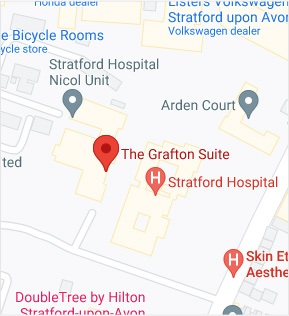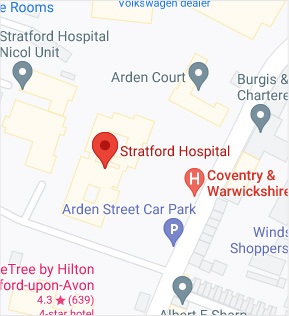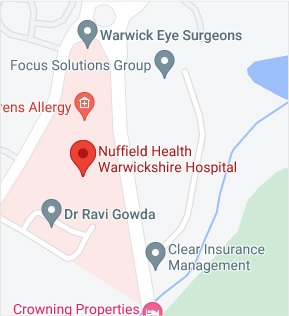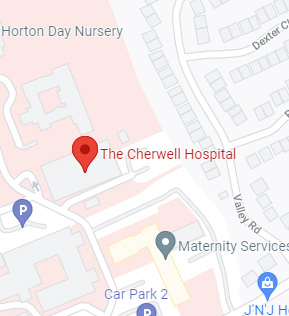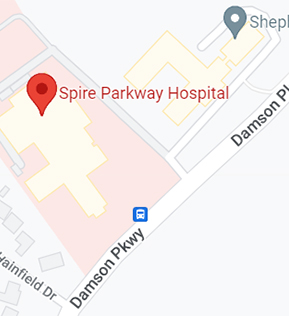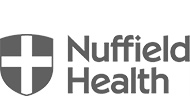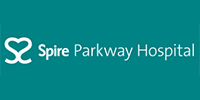What is a Mumford Distal Clavicle Excision?
A Mumford distal clavicle excision is a surgical procedure which involves excision or resection of the outer (distal) end of the clavicle, also called the collar bone.
Anatomy
The shoulder is formed by three bones, humerus (upper arm bone), scapula (shoulder blade) and clavicle (collar bone). The head of the humerus fits into a cavity at the side of the scapula called the glenoid to form the glenohumeral joint. A projection of bone from the scapula called the acromion joins the outer end of the clavicle to form the acromioclavicular (AC) joint.
The AC joint can undergo injury from trauma or degeneration due to osteoarthritis (breakdown or damage to the protective cartilage) because of ageing and increased athletic and overhead activities. Damage to the rotator cuff can result in abnormal positioning of the head of the humerus which impinges on the AC joint above and can result in arthritis.
Symptoms of AC Joint Disorders
Symptoms vary with the extent of the damage and your level of physical activity. They include:
- Pain which is localised above the shoulder and may radiate to the neck
- Pain worsens on lifting your arm
- Pain may cause difficulty sleeping
- Catching or popping sensation when you move your shoulder
Why is a Mumford Distal Clavicle Excision Performed?
A Mumford distal clavicle excision is commonly performed to treat pain and discomfort associated with acromioclavicular joint disorders such as distal clavicle fractures, AC joint degeneration, etc. which do not respond to conservative treatment.
What is the Procedure for Mumford Distal Clavicle Excision?
Distal clavicle excision can be performed by open or arthroscopic surgery. Mumford first described an open procedure to treat AC joint disruption due to injuries. The procedure is now performed arthroscopically and is also used to treat AC joint degeneration.
Open surgery is not usually performed as it may be associated with complications such as shoulder weakness, joint instability, infection, tenderness, and cosmetic complaints. There is also a likelihood of damaging the acromioclavicular (AC) and coracoclavicular (CC) ligaments which support the AC joint.
During open surgery, an incision is made over the AC joint, and a small portion of the distal clavicle is removed. Scar tissue later fills the defect.
The arthroscopic procedure involves the following steps:
- General anaesthesia is administered.
- Your surgeon makes 2 small incisions over the AC joint.
- An arthroscope (the thin tube which contains a camera) is inserted through one incision and tiny surgical instruments through the other.
- The camera relays images to a monitor which helps your surgeon view the operative site.
- The joint structures are carefully examined.
- Your surgeon performs a debridement to remove degenerated tissue.
- Tissue debridement is followed by bone resection.
- The small amount of bone is resected mostly from the clavicular end and a little from the acromion side of the AC joint.
Recovery After Distal Clavicle Excision
- You are usually discharged on the same day
- You will not need a sling after surgery
- You are allowed to move your shoulder and arm as tolerated
- You will receive medication for pain
- Physiotherapy is necessary to strengthen your muscles and prevent stiffness
- Follow up with your surgeon regularly until completely recovered
Advantages of a Mumford Distal Clavicle Excision
The Mumford procedure is very effective in reducing pain and improving shoulder function.


 REQUEST AN APPOINTMENT
REQUEST AN APPOINTMENT



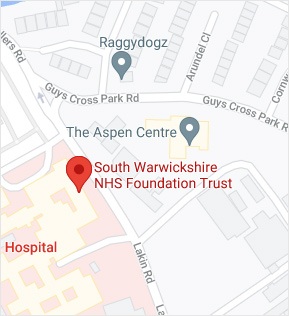
 Ext 4798
Ext 4798